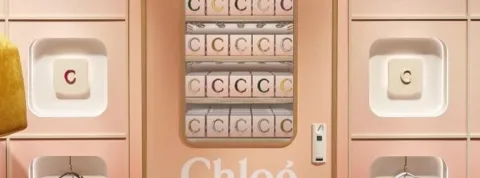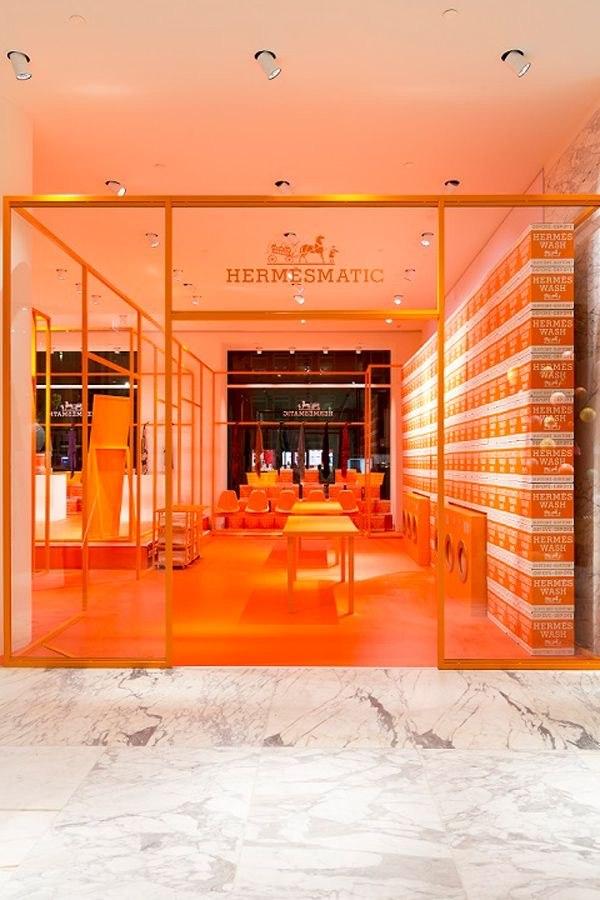
Luxury: The great trend of ephemeral pop-ups
For a long time reserved for retail stores or young brands, pop-ups and other ephemeral stores are now an integral part of the DNA of luxury. Innovative concepts, product launches, visibility and customer testing, how and why does the industry rely on this booming strategy?
In the age of digital technology and continuous information, the luxury industry is always looking for ways to stand out and seduce while maintaining its identity. A permanent need for visibility that has been translated for a few years by the notion of temporality. If the rarity of the physical object is the very essence of luxury, time also seems to be of the essence today. Because, by definition, a pop-up shop does not stay present for very long (sometimes only a few hours). A retail concept that allows brands not to have to "commit" on the long term, but also and especially to create a sense of urgency that boosts visibility and supports its exclusivity. This strategy is very useful in a context where experiences are king and digital relays are immediate. Indeed, thanks to the ephemeral store, the brand can also reach a new clientele outside an institutional address and broadcast its image through the prism of social networks. Maximum impact in minimum time.
Still in this idea of visibility, but beyond the "limited edition" aspect, the use of ephemeral products also allows to energize and reinforce the link with the customers. Indeed, by offering unique experiences, luxury capitalizes on its exclusive and definitely attractive aspect.
An example of this is Chloé, and its glamorous and disruptive device allowing customers to personalize the famous and now iconic Chloé C. mini bag. Leather colors, finishing and details ... through vending machines spread in France and Asia, and points of sale respecting the aesthetic codes of the brand, customers were able to experience an original and personalized act of purchase. A model that earned the Richemont Group, owner of the brand, an award at the Grands Prix Stratégies Design et Stratégies du Luxe in 2020.

Another example: Hermès and the Hermèsmatic, on the occasion of the 80th anniversary of the historic silk scarves. The codes are hijacked in a chic laundromat atmosphere, where customers can give their scarves a new lease on life, for free. A mix of genres and a seductive marketing strategy. In Paris, New York, Los Angeles, Washington DC, Kyoto, the pop-up has toured the world, displaying its colors on the walls as well as on the web.
One observation is however notable: the appearance of new generation pop-ups. Indeed, we know the privileged relationship between luxury and technology, and well this link seems to last also in this strategy.
The perfect example? Nike's SNKRS application. Through this innovation, Nike was able to launch and communicate about its products in public places like parks or concert halls by offering customers to scan a code and discover unique interactions. By using geographic location as a purchase trigger, the American brand supplants the physical store and finds its customers directly where they are.
Another innovative use: pop-ups as a learning space. Indeed, it is not uncommon for brands to use pop-up stores to evaluate the success (or not) of a product or service on customers. This is a valuable information collection that aims to refine the proposals and the final selection of the houses. As Thibaut de La Rivière, director of Sup de Luxe, reminds us: "A pop-up is a concept that allows us to offer a fun and different experience, but it also serves to test the market. A valuable use of data that is part of an omnichannel marketing strategy approach, essential for luxury today."
